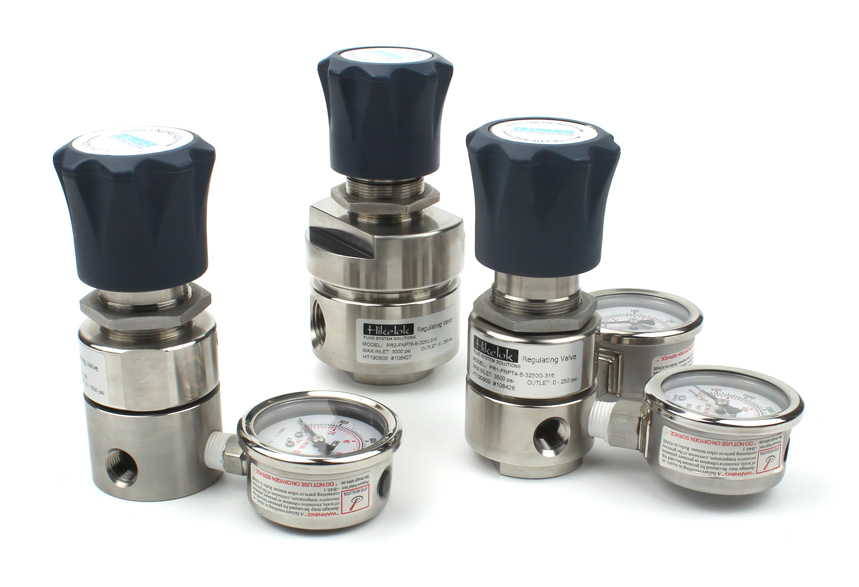
The pressure reducing regulator is a valve which reduces the inlet pressure to a certain required outlet pressure by adjusting, and relies on the energy of the medium itself to keep the outlet pressure stable automatically.
The fluctuation of the inlet pressure of the pressure reducing valve should be controlled within 80% - 105% of the given value of the inlet pressure. If it exceeds this range, the performance of the pressure reducing valve will be affected.
1.Generally, the downstream pressure after reducing should not more than 0.5 times of upstream pressure
2.The spring of each gear of the pressure reducing valve is only applicable within a certain range of outlet pressure, and the spring should be replaced if it is beyond the range.
3.When the temperature of media is high, pilot relief valve or pilot bellow-sealed valve should be selected generally.
4.When the medium is air or water, diaphragm valve or pilot relief valve should be selected.
5.When the medium is steam, pilot relief valve or bellows-sealed valve should be selected.
6.The pressure relief valve should be installed in horizontal pipelines to make operation, adjustment and maintenance more convenience.
According to the requirements of use, the type and precision of pressure regulating valve are selected, and the diameter of the valve is selected according to the maximum output flow. When determining the air supply pressure of the valve, it should be greater than the maximum output pressure of 0.1MPa. Pressure reducing valve is generally installed after the water separator, before the oil mist or the setting device, and pay attention not to connect the inlet and outlet of the valve reversely; when the valve is not used, the knob shall be loosened to avoid the diaphragm often under pressure deformation and affect its performance.
Post time: Feb-23-2022